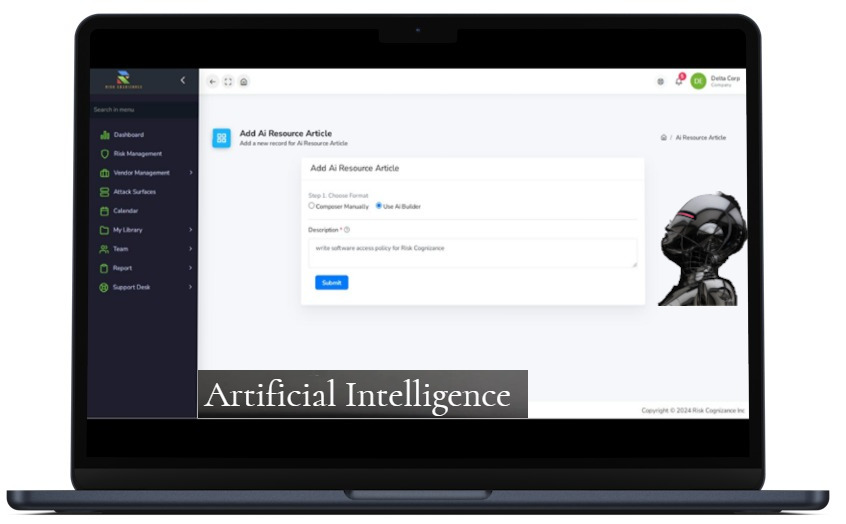Overview
Governance, Risk, and Compliance (GRC) is a structured framework designed to help organizations manage cybersecurity risks, ensure regulatory compliance, and achieve strategic alignment between IT and business objectives. This comprehensive approach enhances operational efficiency, protects digital assets, and reduces uncertainties, making it a critical component for modern businesses looking to establish a robust security and compliance posture.
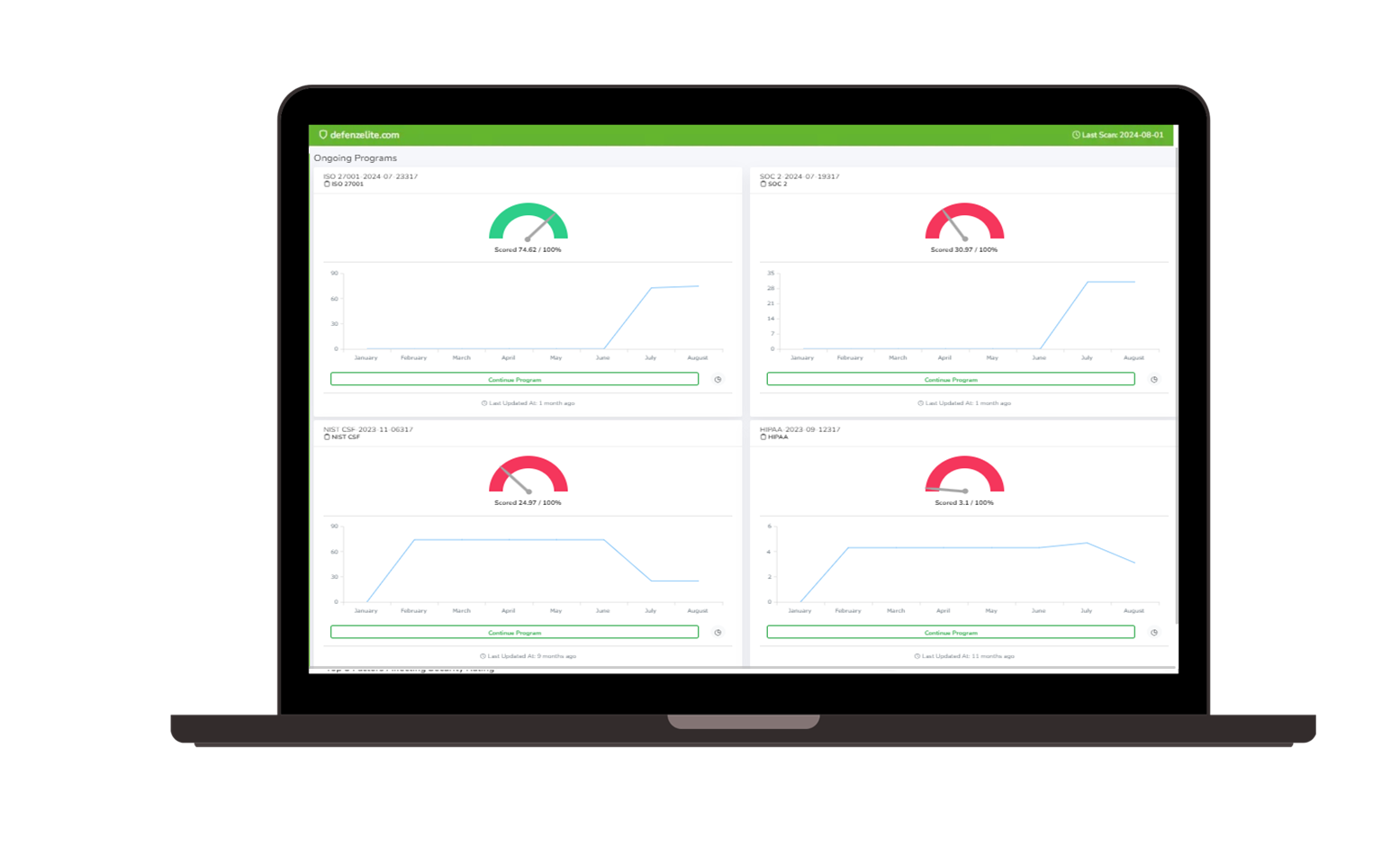 Governance, Risk, and Compliance (GRC) | 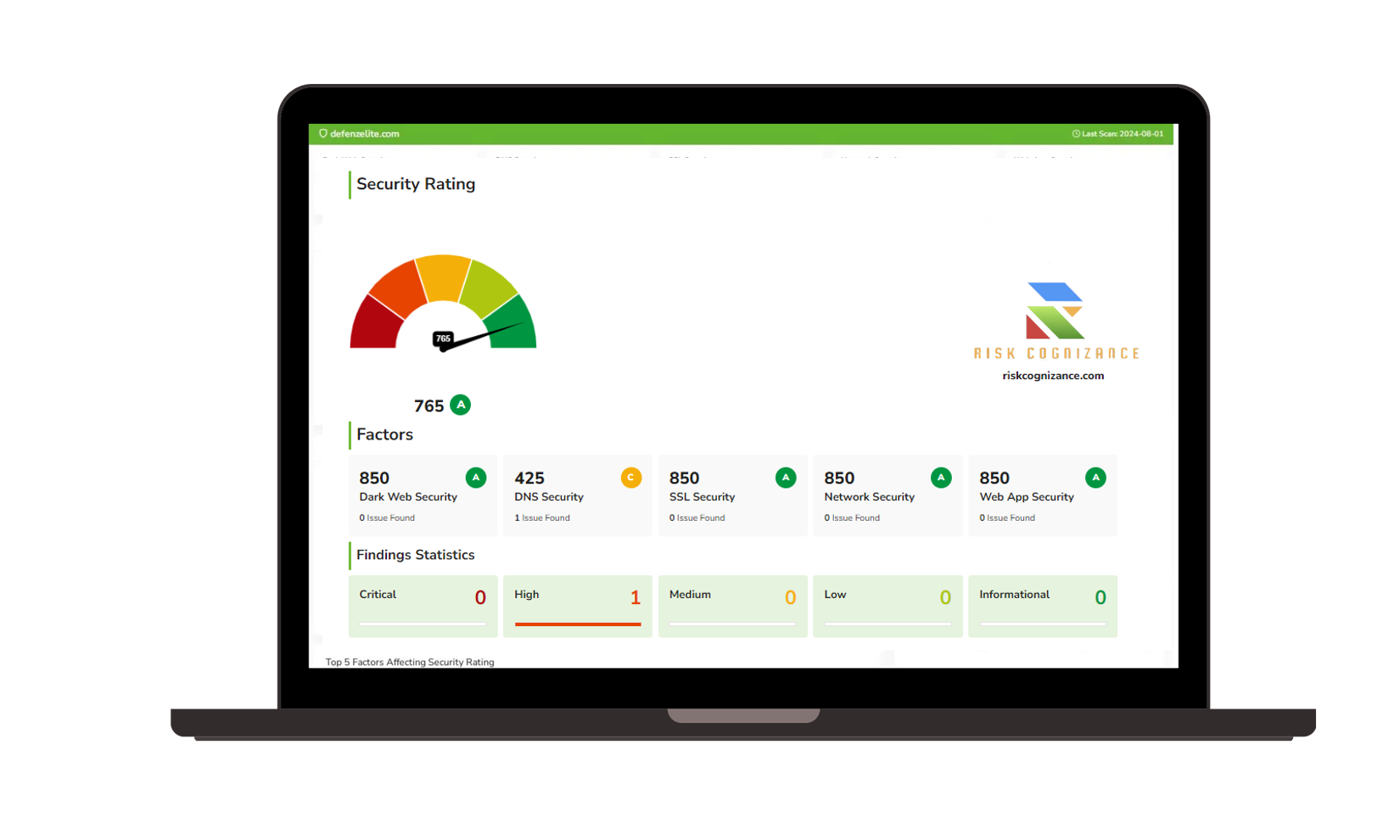 Third-party Risk Management |
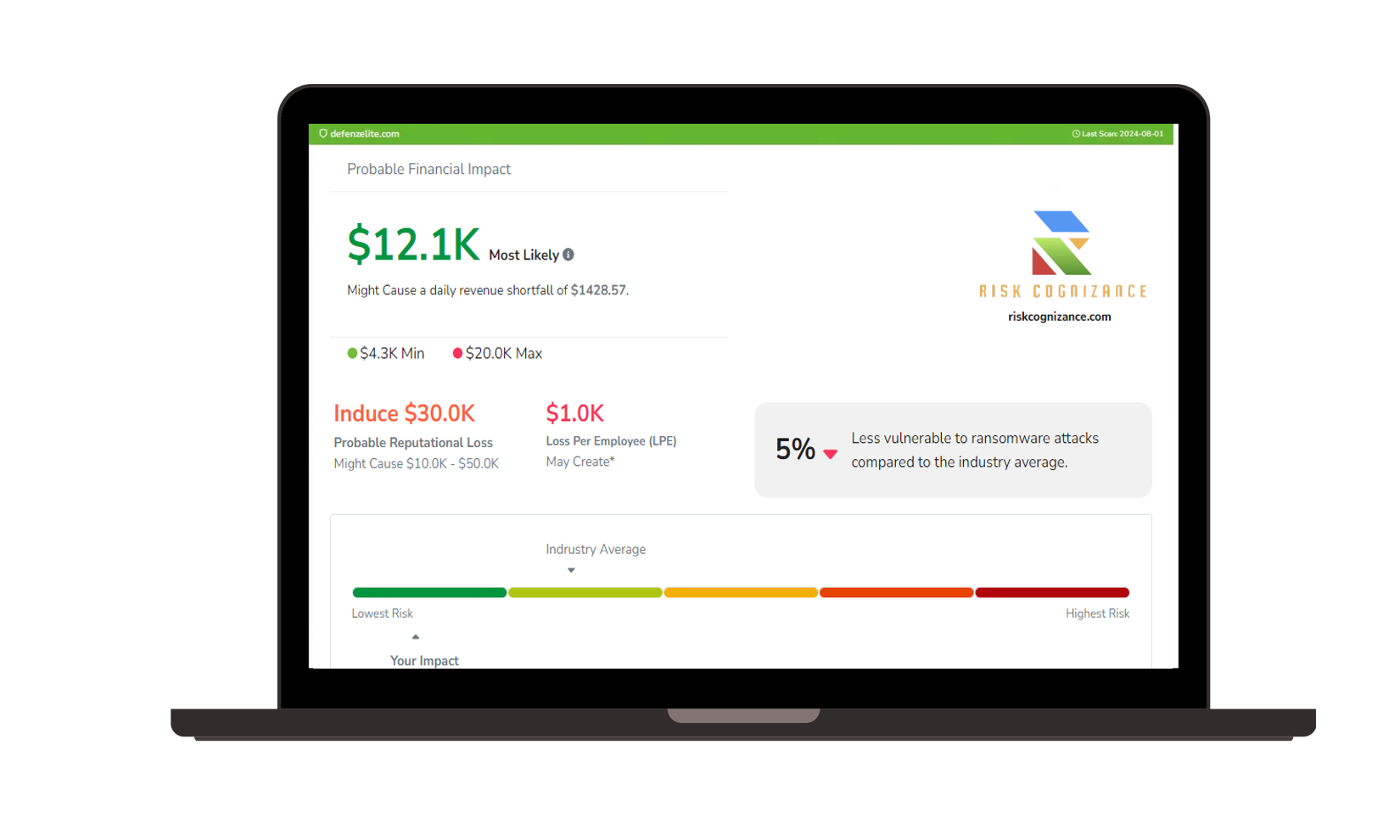 Ransomware Susceptibility | 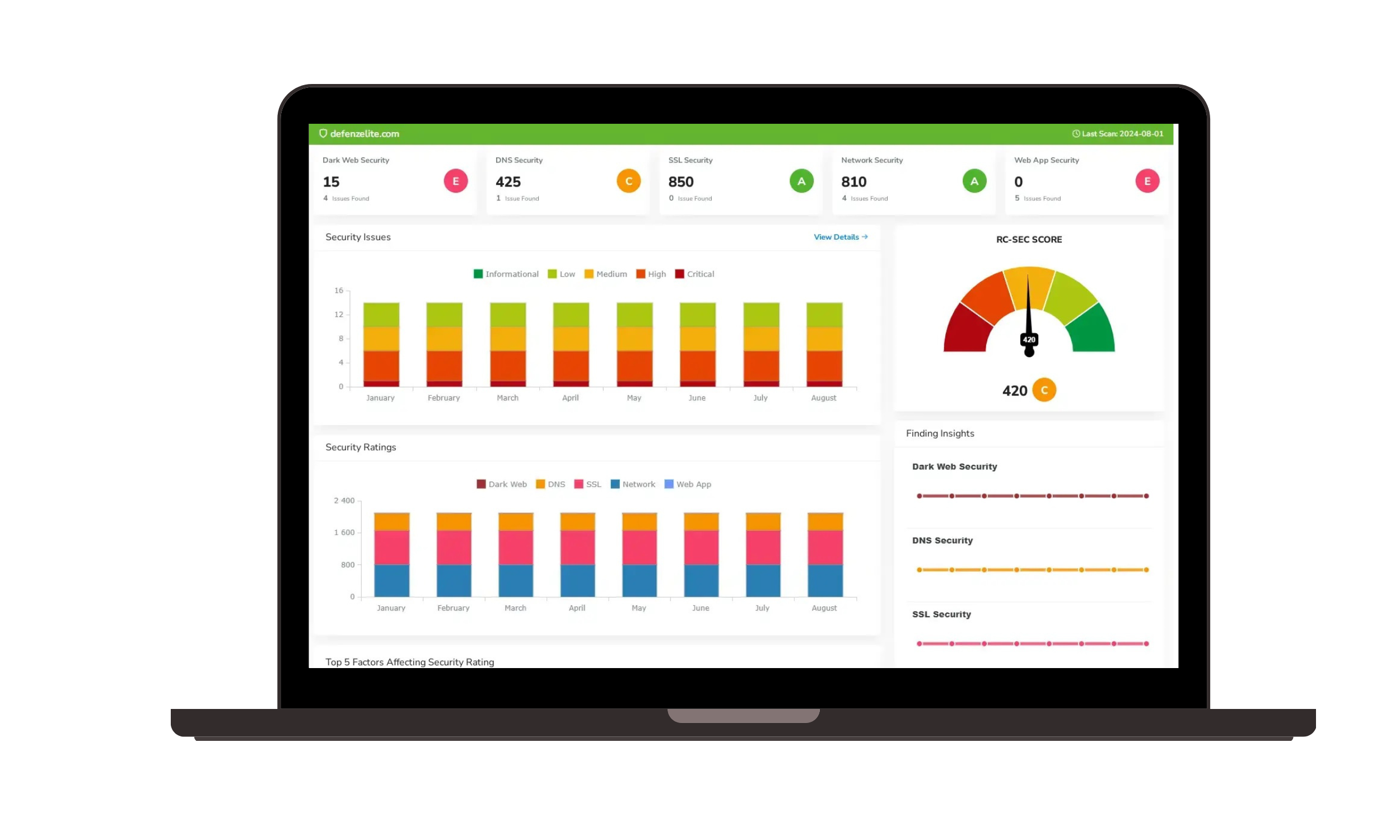 GRC and Attack Surface |
Artificial Intelligence | |
Key Benefits of a GRC Framework:
Align IT and Business Goals: A GRC framework helps organizations synchronize their IT strategies with overall business objectives, ensuring that technology investments support growth and strategic direction.
Manage Risks: Organizations can effectively identify, evaluate, and assess potential risks, enabling informed decision-making to mitigate and control risks before they impact operations.
Meet Compliance Requirements: GRC frameworks streamline compliance with industry regulations and governmental standards, reducing the burden of maintaining compliance across various regulatory landscapes.
Protect Digital Assets: By implementing a GRC strategy, organizations can safeguard critical digital assets, data, and infrastructure, maintaining business integrity and continuity.
Reduce Costs and Uncertainty: Proactively managing risks and compliance reduces the potential for costly incidents, penalties, and operational disruptions.
Improve Decision-Making: GRC frameworks provide insights that enable organizations to make better-informed decisions, improving overall performance and strategic outcomes.
Reduce Third-Party Risk: GRC strategies help vet and select vendors, ensuring that third-party relationships do not introduce undue risks to the organization.
Improve Collaboration and Coordination: GRC frameworks promote collaboration across departments, clarifying roles and responsibilities and enhancing organizational efficiency.
In addition to being a strategic approach, GRC also refers to a suite of software capabilities that help organizations implement and manage these functions effectively. These platforms often include tools for risk assessment, compliance tracking, policy management, and automated reporting, providing a unified solution for managing governance, risk, and compliance activities.
The Certified in Governance, Risk and Compliance (CGRC) certification is a widely recognized credential for professionals working in GRC roles, including IT, information security, and information assurance practitioners. This certification validates the expertise needed to implement and manage GRC frameworks, making it an essential qualification for those aiming to advance in the GRC field.
GRC AI Risk Management
AI-driven GRC platforms leverage artificial intelligence to enhance risk management frameworks. These solutions empower organizations to analyze risks more accurately, improve compliance monitoring, and automate workflows, thus optimizing the overall risk management process. By integrating AI capabilities into GRC strategies, organizations can benefit from improved risk identification, prioritization, and mitigation, aligning with their business goals while meeting regulatory requirements.
Key Benefits of AI in GRC:
Enhanced Risk Management: AI tools provide deeper insights into potential risks, allowing for more accurate assessments and timely interventions.
Automated Compliance Monitoring: AI facilitates continuous compliance checks, helping organizations adapt to changing regulations and standards efficiently.
Streamlined Workflows: Automation of routine tasks reduces manual effort and errors, enhancing operational efficiency across the organization.
Improved Data Analysis: AI enhances data processing and analysis capabilities, enabling organizations to make data-driven decisions regarding risk and compliance.
By implementing a GRC AI risk management framework, organizations can not only improve their cybersecurity posture but also align their risk management efforts with business objectives, ensuring sustainable growth and compliance.
Request Callback

